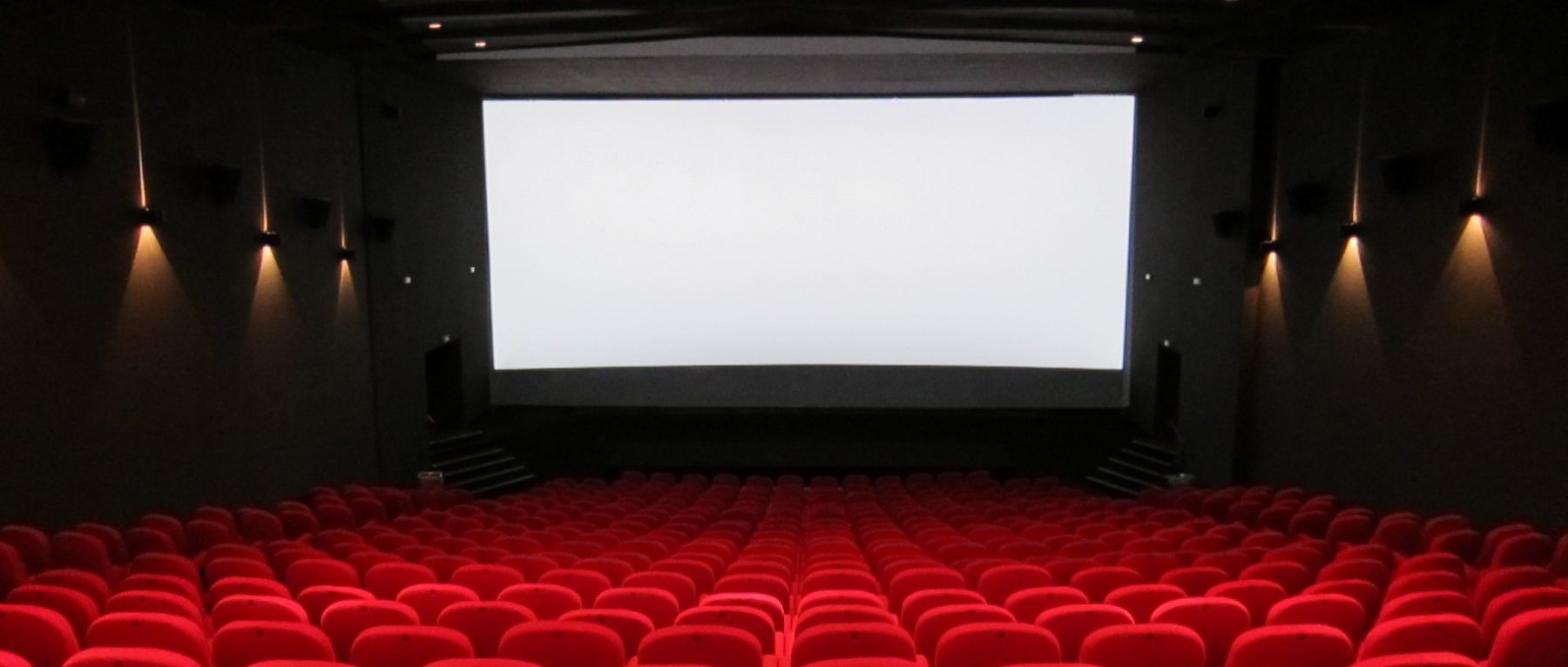To Screen or not to Screen?
For most people you would think the first port of call to see some great theatre would be the National on London’s Southbank or the RSC in Stratford. But according to NT Live the best place to see internationally renowned plays is now your local cinema as they screen their productions live from London to cinemas across the world.
NT Live has been operating since 2009 and has been experienced by over 1.5 million viewers in more than 500 venues, half of which are based in the UK. Following the success of the National Theatre, the Royal Shakespeare Company has been keen to profit from international ticket sales too as they launched their first live screening of Richard II, starring David Tennant in November last year. Other theatres have also been keen to participate including the Donmar Warehouse, who broadcast Coriolanus starring Tom Hiddlestone in association with NT Live earlier this year.
According to NT Live, viewers get the ‘best seat in the house’ with carefully positioned cameras placed throughout the auditorium during the live performance. Satellites allow the productions to be live, accordingly without delay.
I can see the positives of this new medium. It allows more people access to the theatre they want to see and increases popularity throughout the nation, making the National Theatre actually national rather than restricted to those who can afford it and unlimited by geography.
Warwick students for example can view both RSC and National Theatre productions live at the Arts Centre for reduced prices. Next term the Arts Centre is screening a selection of productions from different institutions including King Lear, A Small Family Business and Curious Incident of the Dog in the Night-Time from the National Theatre, as well as Henry IV Parts I and II from the RSC.
Having the productions broadcast to other countries makes British theatre accessible on new levels, allowing people thousands of miles away to view it at a fraction of the price. RSC Live broadcast to Japan last year as part of the ‘Japan 400’ project, celebrating 400 years of diplomatic, trade, cultural and scientific relations between Britain and Japan. This was a brilliant way of promoting theatre in a country where the dramatic arts are not studied on the national curriculum, and promotes less traditional theatre for Japanese audiences. Sharing different cultures through the medium of art promotes diversity, dismantles preconceptions and geographical boundaries as well as contributing to encourage stronger relations with foreign countries.
Another great perk that actually attending the theatre occasionally presents is the post show talks, where audience members are invited to ask questions to the actors and production team. This great feature is a physical impossibility during live screenings, where audiences can watch in envy as the present audience members get to ask those burning questions.
However, I dispute the idea that you are being handed ‘the best seat in the house’. From the excitement of travelling to a venue, feeling the collective atmosphere of the other audience members as you wait for the house lights to go down, and even buying those tiny ice creams at the interval, for me, the experience of going to the theatre begins the second I leave my home.
The reliability of the screening should also be questioned. I spoke to Kimberley Fennell, Warwick student and steward at Warwick Arts Centre, who saw a screening of Hamlet on 22nd October.She explained to me what happened as the screen cut out just before Hamlet’s famous ‘To be or not to be…’ speech. ‘We had no clue what was going on so a lot of customers kept coming up to us and asking and we had nothing to say. The duty managers and technicians were trying to phone London and the NT Live… all we could do was wait. We had to cut to an early interval and there was a lot of complaints, it just made us look stupid.’
Kimberly was later told that the satellite streaming from London had encountered some interface problems and all the screens in the country had been cut off for a period of around 20 minutes, disrupting the whole plot line for everyone excluding members of the National Theatre audience. This not only damages the reputation of the National Theatre but also that of the institution screening the production. I feel that touring a production in local theatres could achieve similar accessibility without the same negative reliability issues.
It is also a concern that live screenings could be a threat to selling tickets to the theatre. People may be discouraged from going to see the productions in the actual venue when a more convenient and cheaper option has become available. It would be a tragedy if the experience of visiting the theatre was swallowed up by our increasingly technical world.
Live screenings are in every way a positive thing for the arts, making it more accessible and promoting theatre in areas where it had previously been absent. I have no doubt that theatre as an art form will be infinite and could never be replaced by a screen. Live screenings are therefore something which should be used and viewed in moderation, however encouragement to go to a live theatrical production should always prove that there is nothing quite like the real thing.

Comments